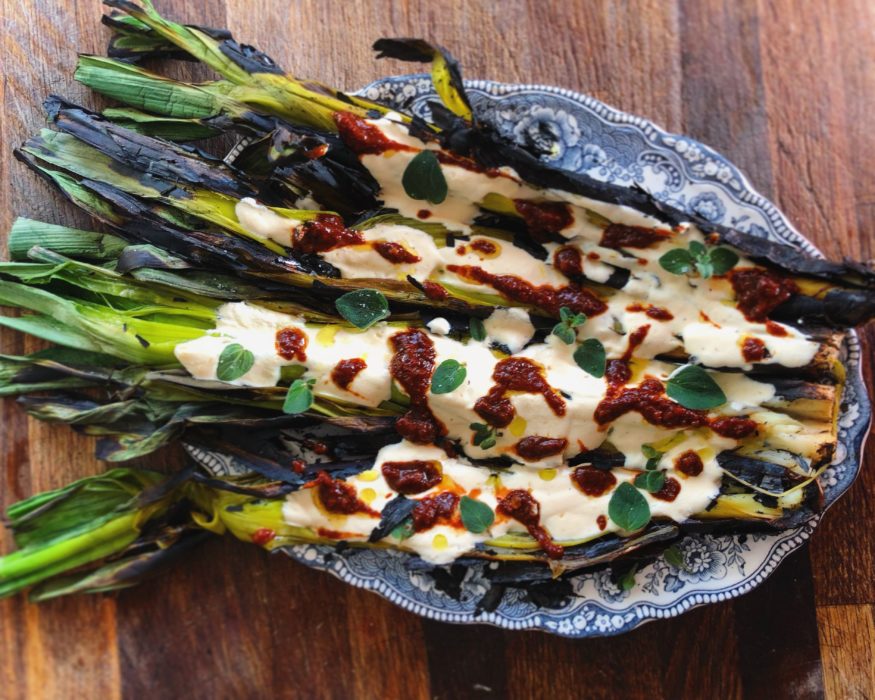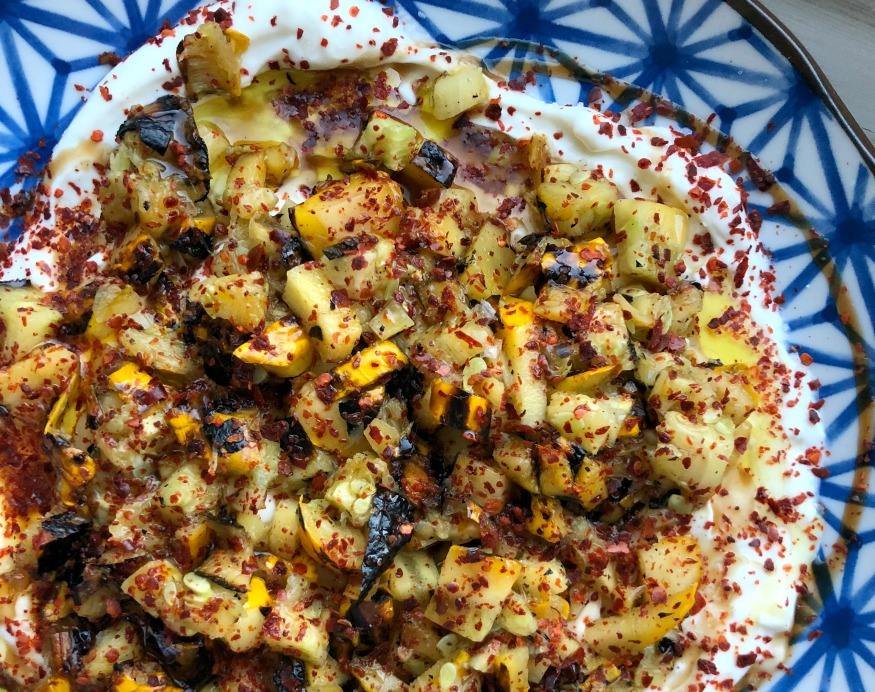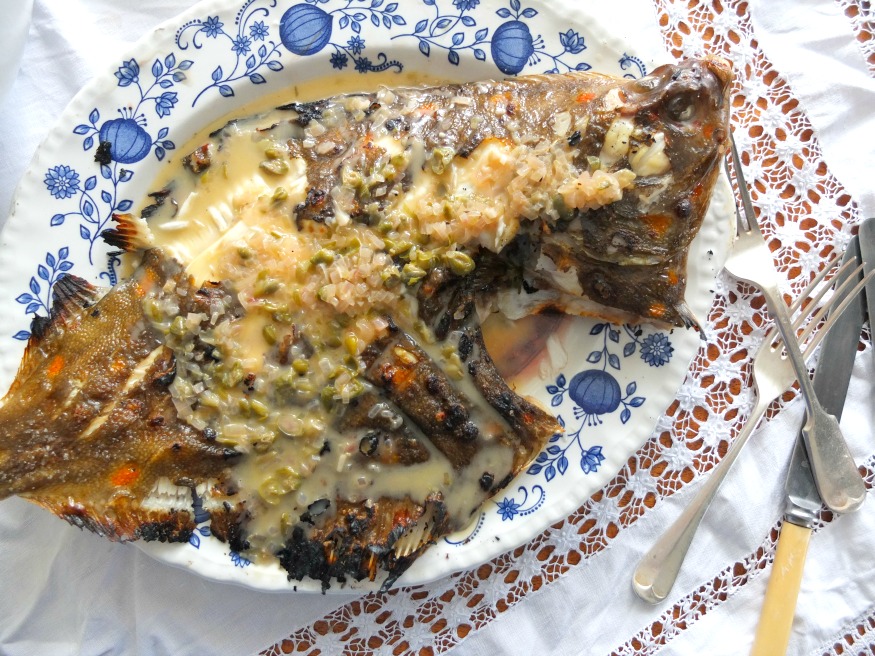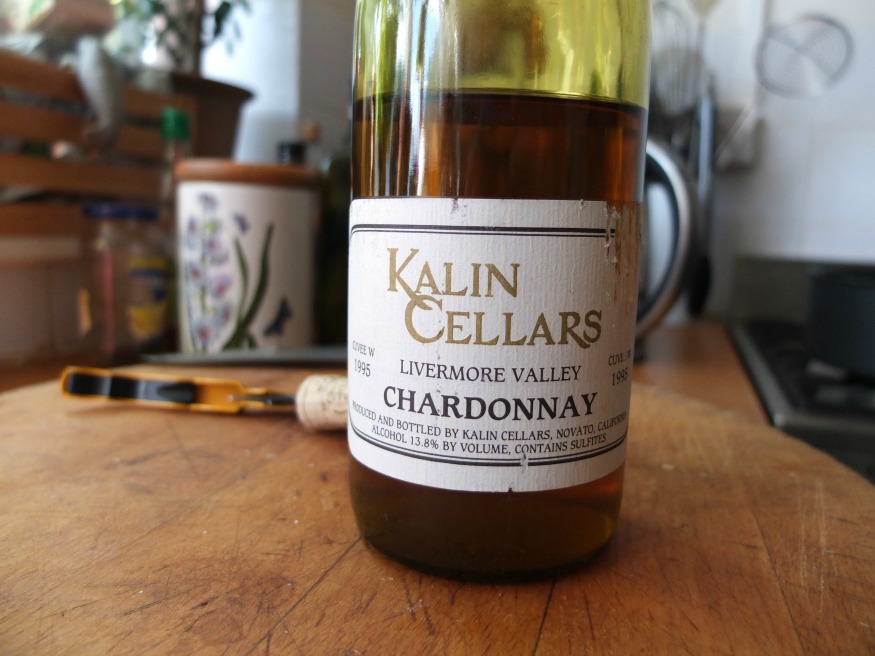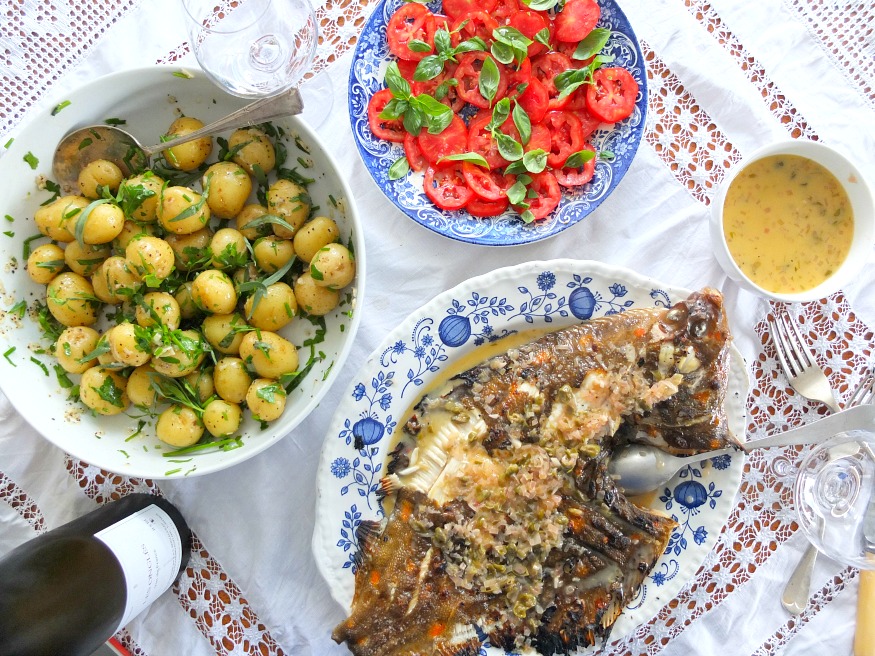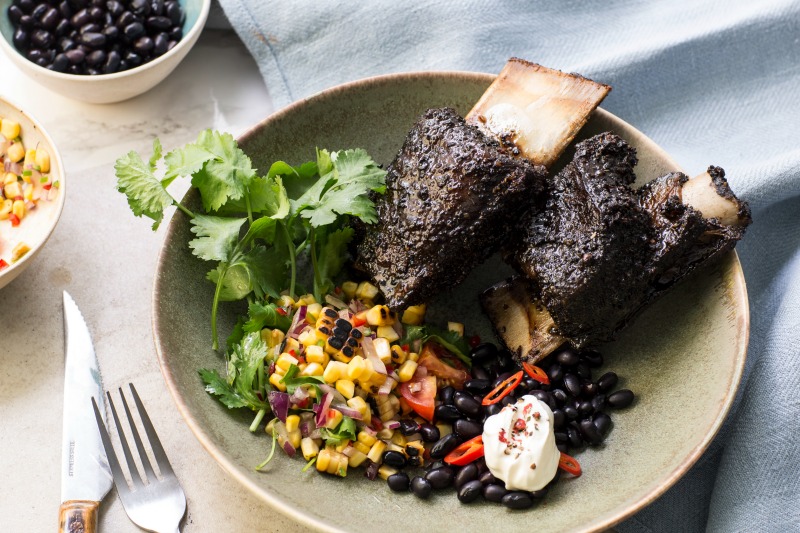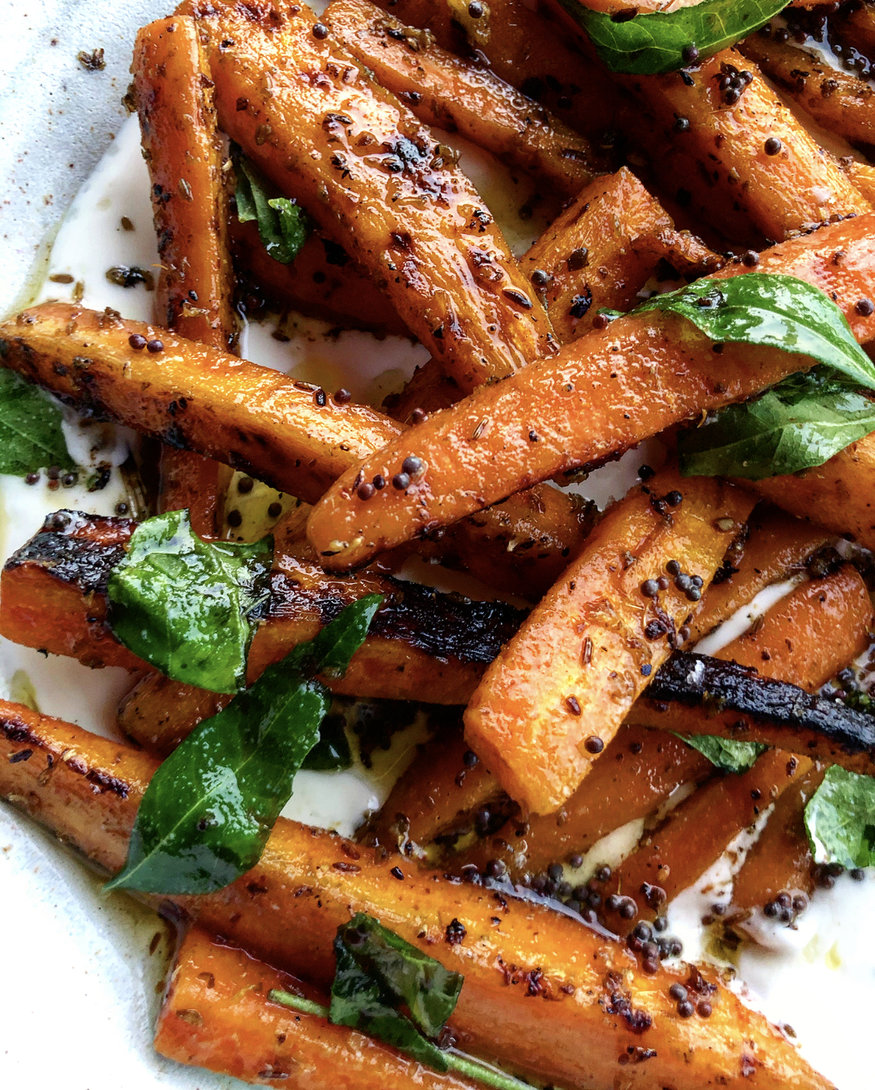
Carrots are one of those vegetables I’ve never felt particularly excited about. They’re essential as a sweet foundation in mirepoix, in stock and in one of my favourite cakes but I just feel generally quite bored by them. I do not often think of a carrot as a starting point to a dish and get excited.
And yet. There are ways of cooking carrots that make them more interesting and it will come as no surprise that I think they are best cooked over live fire. The real trick here though is marinating them. I let these sit overnight in a bath of olive oil, spices and garlic, although a few hours would be fine. They’re then grilled until tender and charred in places before meeting a plate of cold (so crucially cold!) strained yoghurt and some mustard seeds and curry leaves, made shiny and aromatic with hot butter.
We ate this with some grilled garlic and coriander naan – a recipe I’ve been working on. That was a complete meal really – no meat or fish necessary – and I never thought I’d be saying that about a plate of boring old carrots.
Grilled Marinated Carrots, Strained Yoghurt and Curry Leaves Recipe
500g carrots, peeled and cut into quarters lengthways
4 cloves garlic, peeled and crushed or grated
3 tablespoons lime juice
2 teaspoons cumin seeds
2 teaspoons coriander seeds
2 cardamon pods, crushed and seeds removed
4 tablespoons neutral oil e.g. groundnut
For serving
Strained yoghurt or other thick, cold yoghurt for serving (around 250g should do it)
A good knob of butter (about 25g), or ghee
Good handful fresh curry leaves
2 teaspoons brown mustard seeds
Toast the cumin and coriander seeds in a dry pan over medium heat until fragrant, then grind or crush to a powder with the cardamom seeds. Mix the spices with all the other ingredients for the carrot marinade in a dish large enough to hold the veg in a shallow layer.
Cook the carrots in boiling water for a few minutes, then drain. Add them to the marinade with some salt and mix well. Leave overnight or for a few hours.
Prepare the barbecue for direct cooking. Cook the carrots on it, until cooked through and lightly charred – around 15-20 minutes depending on size.
Spread the yoghurt onto a serving plate and top with the carrots. Melt the butter or ghee and add the mustard seeds and curry leaves – when the mustard seeds start to pop, pour the mixture over the carrots, sprinkle with some more salt, and serve.
